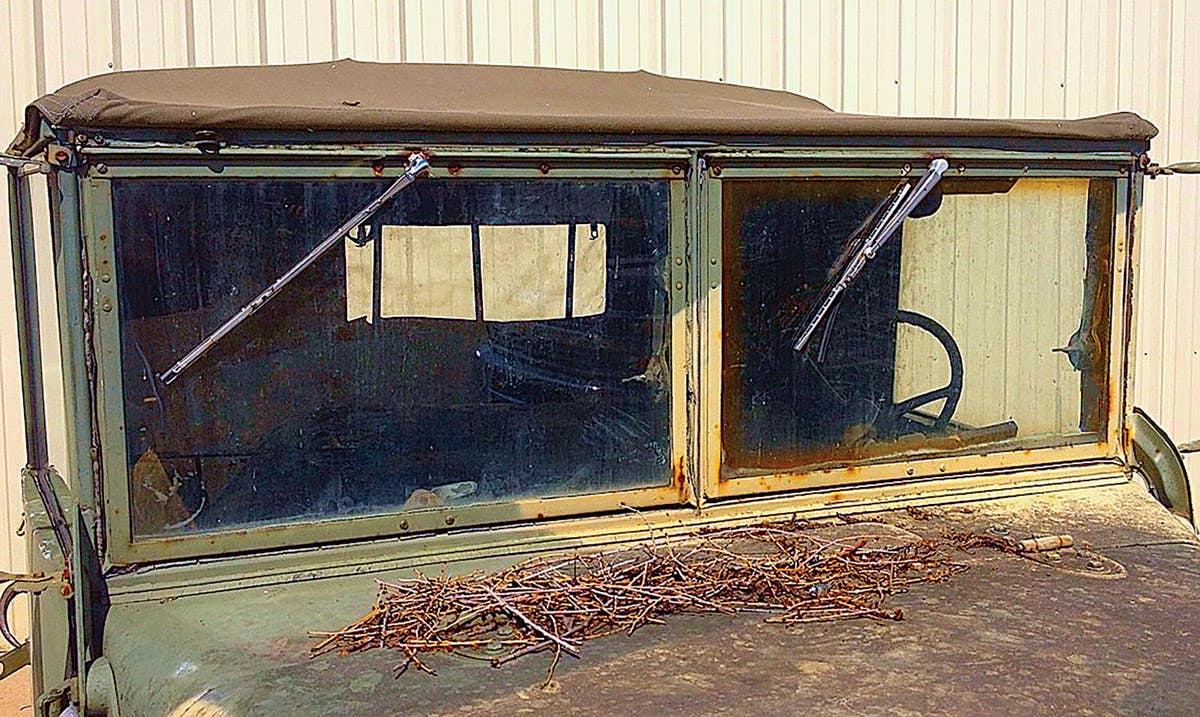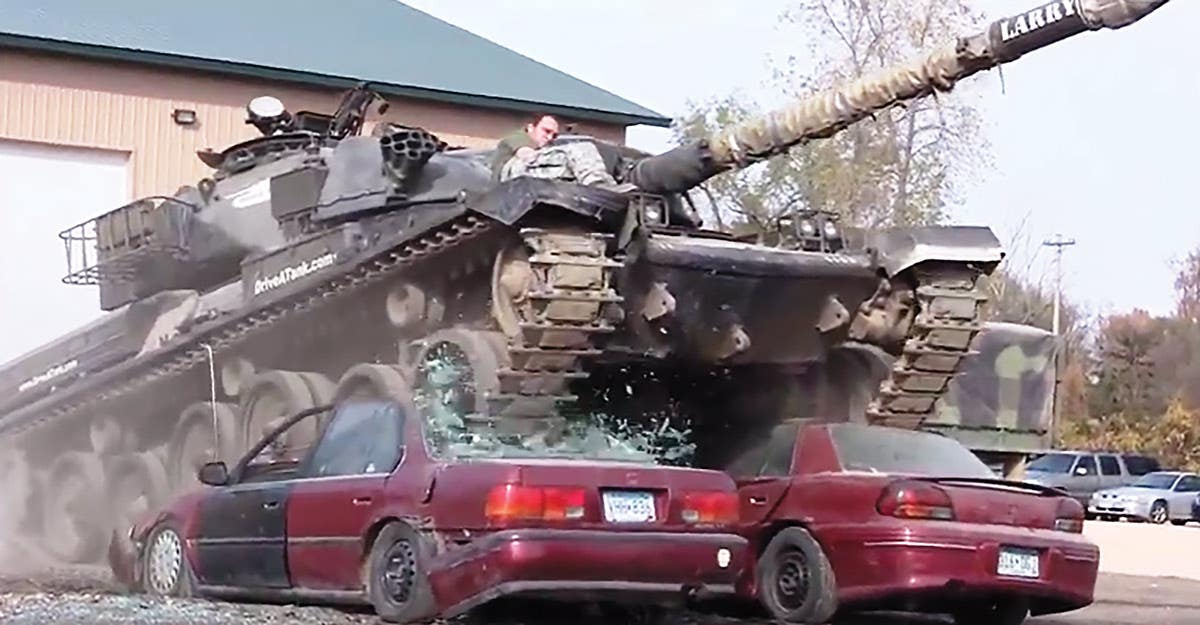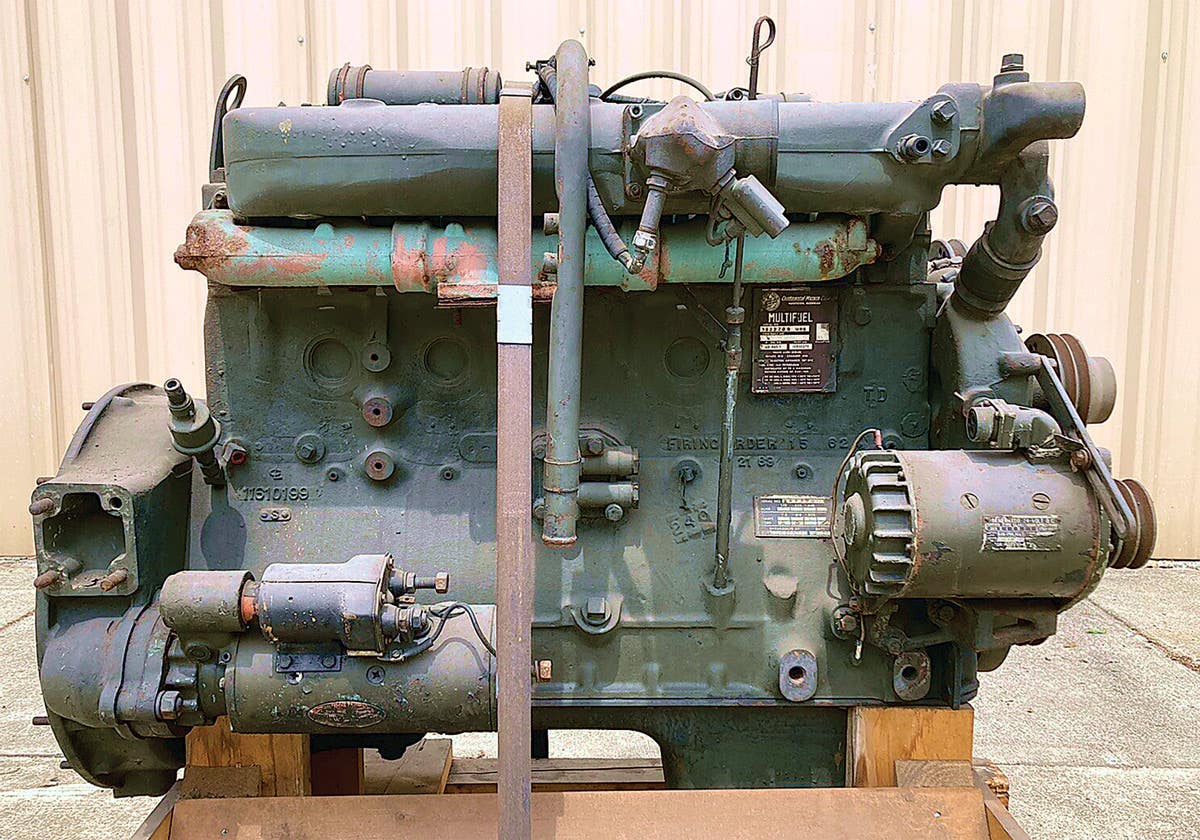A Tank Mystery Solved
by Alexander F. Contini, MPA, MA, MS Sergeant First Class Alexander and Chief Warrant Officer Deborah Contini visited St. Gilgen, Austria on their honeymoon in 1985. It was a romantic…
by Alexander F. Contini, MPA, MA, MS
Sergeant First Class Alexander and Chief Warrant Officer Deborah Contini visited St. Gilgen, Austria on their honeymoon in 1985. It was a romantic gesture as it was there that Alex’s father, Staff Sergeant Victor M. Contini, met his future wife, Josefine Landers, during the summer of 1945.
During the younger Contini’s visit to St. Gilgen, the local newspaper printed an article about an American “panzer” recovered from the Wolfgangsee. Since Alex’s father’s unit, the 121st Cavalry Reconnaissance Squadron, was quartered in St. Gilgen at the end of the war, he thought that the tank might be one of the unit’s M5 Stuarts or M24 Chaffees. Both tanks were used by cavalry units. The couple returned home to New York where SFC Contini researched the history of the tank by speaking with veterans of the 121st Cavalry. But as time went by, Contini’s research about the St. Gilgen tank was put on the back burner.
Thirty years later, in July 2015, Contini and his wife were again in St. Gilgen. Alex met a shop owner who knew about the tank. The man had been a child at the end of WWII, and he was the fire chief in St. Gilgen in 1985 when the tank was recovered. The Austrian gentleman had a photo of the salvaged tank, referring to it as a “Sherman.” It did not look like an M-4 Sherman to Contini as he was familiar with a Sherman owned by a fellow member of the American Veterans Historical Museum.
When Contini returned home to the United States, he began to search for information about this tank in earnest, and in particular, the unit to which it had been assigned. As a former military public affairs officer, he thought it best to contact the Austrian Army Office of Public Affairs.
Contini’s email was circulated around the Austrian Army while information was collected. The press office sent a copy of an article published in the Austrian military periodical, Ereignisgeschichte. The article was written in German. The important information was translated by Major Dietmar Rust, a member of the press office:
“On 18. September 1945, an M36 tank destroyer from 776th Tank Destroyer Battalion had an accident and toppled into the Wolfgangsee. The tank commander succeeded in rescuing himself, the driver was not.
“On 15. November 1979, the human remains of the driver were recovered by two American military divers and identified as Nicolas Vercz.”
The tank did not belong to 121st Cavalry Cavalry Reconnaissance Squadron, after all, but rather, to the 776th Tank Destroyer Bn. Both units had been assigned to the XV Corps. While the 121st Cavalry supported the 100th Cavalry Infantry Division for two weeks at the end of the war, the 776th was in the East Tyrolian village of Ehrwald, Austria, in the shadow of the Zugspitz Mountains when V-E Day was declared.
And yet, questions remain. This M36 was 116 miles east ofEhrwald when the accident occurred! No information has been found to explain why the tank destroyer was on a narrow, lakeside road in St. Gilgen. The 776th was deactivated two months later at Camp Kilmer, Brunswick, NJ.
The tank is now exhibited at the Austrian Army’s base, Schwarzenbergkasserne, the geographically largest base of the Austrian Armed Forces. It is located the western outskirts of the State Capital Salzburg, in the municipality of Wals-Siezenheim.







